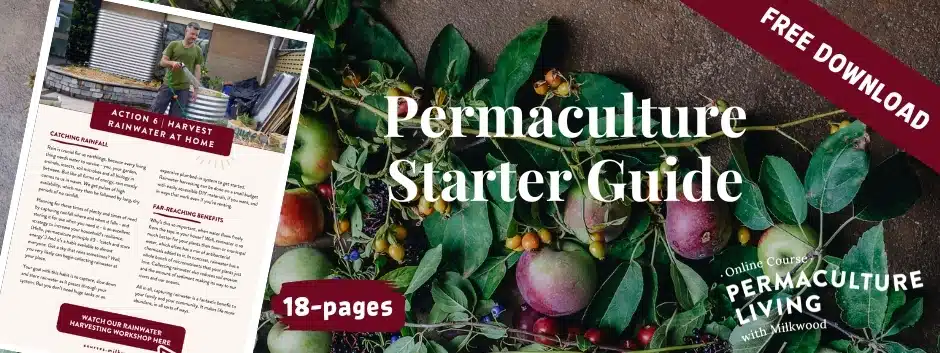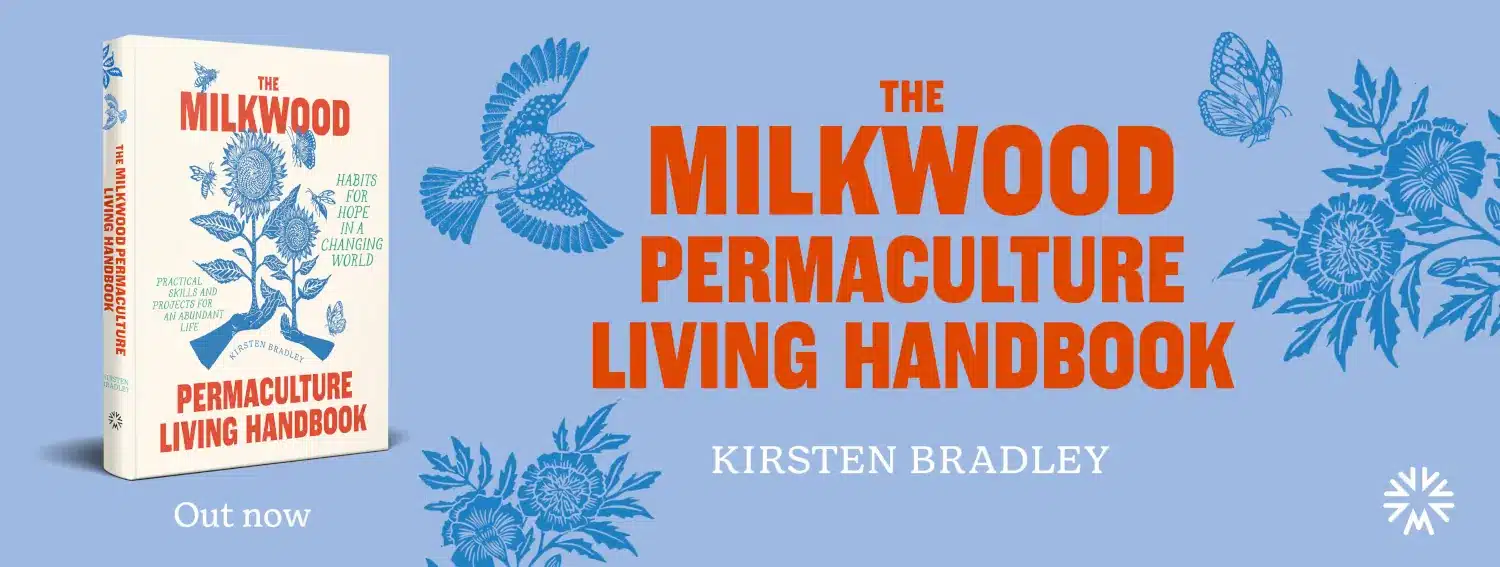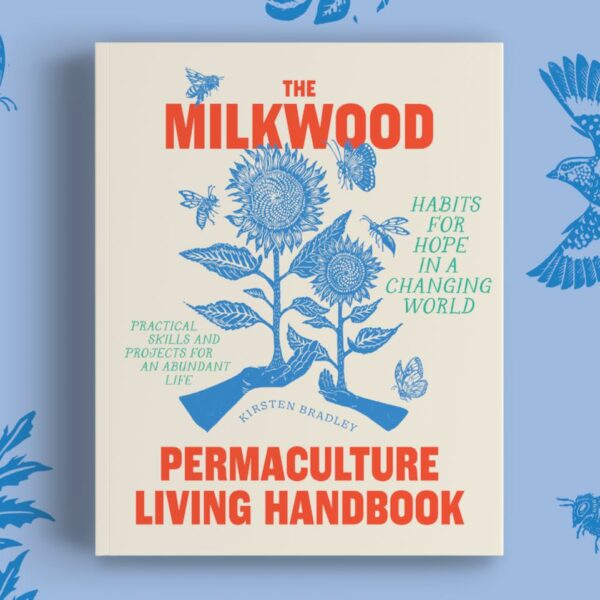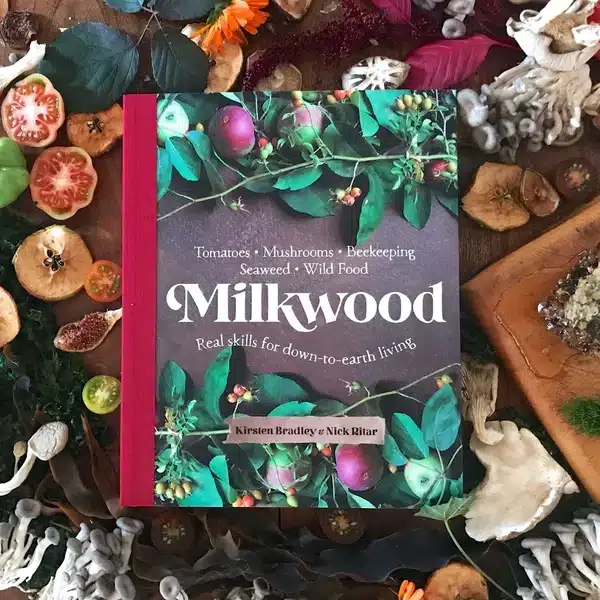
Grazing animals bad, undisturbed grass good. That’s how we personally thought regeneration worked, five years ago. And we were not alone. You could be forgiven for thinking that any and all grazing animals (particularly of the introduced kind) have no role whatsoever to play in regenerating pastures, soils and land, simply because we know how much damage badly-managed grazing and animal management can do.
And we as a society do love a good bit of polarity, especially when it comes to nature. Perhaps it’s our quest for simplicity. At the same time, we inherently know that an ecosystem cannot be simplified down to a set of polar opposites.
However we frequently farm the land and expect it to give back without much thought or consideration for the complexity within the pastures, the biological relationships, the edge effects, the soil. The results of this approach speak for themselves – widespread desertification, aridity, loss of topsoil, salinification and the introduction of a catastrophe of chemicals and hormones into the food chain, which our grandchildren will not be the last to bear the legacy of.
So. Putting the fear and loathing of our collectively shameful report card aside, what sort of techniques represent the ways forward? What are the component techniques of a Regenerative Agriculture? And what role can grazing animals play within this?
Look within Permaculture, ecological and regenerative agricultural literature and you will see mentioned many references to the role of grazing animals within the creation of and maintainence of productive ecosystems. Simply put, a tight herd of herbivores can prevent pastures progressing to forests while increasing the land’s fertility.

They do this in several ways: the intermittent ‘crash grazing’ effect of a herd moving across a landscape in a tight group (for safety from predators) sees the ground cover of that landscape intermittently returned to ground level, preventing year-round growth. This prevents the natural succession of pasture annuals and perennials gradually succeeding to shrubs, brambles and later, trees. The dung of said animals brings a spike in fertility to the ground as the herd moves, and the biological relationships in both the dung (coming from the gut of the animal) and the soil life mean that the soil food web of that landscape both increases in health and remains supportive of pastures, as opposed to forests. (its a soil thing – more here).
In short, grazing animals can, when well managed, be used in a similar way to restore pastures to productivity – increasing species diversity, soil life, and therefore topsoil. Any one piece of land is rested up to 90% of the year, yet the health of the animals and the land increases markedly.
In fact well-managed grazing animals are super-useful in many ways; creating firebreaks, sealing dams via glaying, and can actually reduce some greenhouse gasses, all in addition to restoring pastures and providing tasty, efficient protein.
Obviously this is the super-short version. There are many parameters to farming in this way, and it takes good and thorough planning to get these techniques right. But the techniques hold true across continents and the result is a productive, healthy, regenerated landscape, and a decent and ethical livelihood for the people on that land.
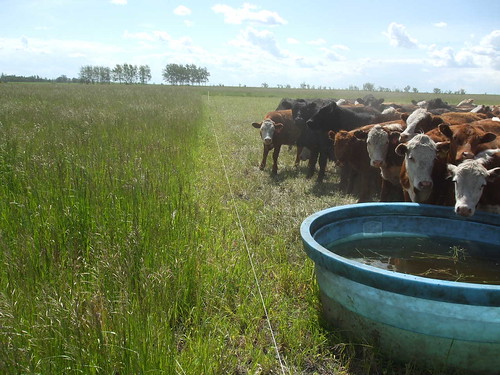
Alan Savory is a Zimbabwean biologist, farmer, soldier, exile, environmentalist and the originator of the Holistic Management concept. Holistic Management was conceived in response to increasing desertification in Zimbabwe and is now established across the globe as a primary Regenerative Agricultural technique. Using biomimicry and the concepts mentioned above in concert with some very well thought-out frameworks for decision making, HM advocates, like Permaculture, smart action following protracted thought and thorough planning.
HM is often touted as ‘farm design’ or cell grazing’, and it definitely encompasses these things, and is often associated with men in large hats making good decisions on their farms’ future. But I see HM’s core strength as its Holistic decision making approach, which could be applied to a grazing plan or farm design, and often is, to great effect. However this decision making approach would be just as valid and useful when setting up a social enterprise, or mapping a way forward for a family who have come to a crossroads totally unassociated with large hats. As always, it’s all in how you’re able to view this complex reality we live in and the ecosystems we co-exist within.
If you’re interested in learning more about Holistic Management, there’s a series of 3-day workshops with Kirk Gadzia in August across Australia + New Zealand as part of the 2010 Regenerative Agriculture Workshop Series, the NSW leg of which is being held at Milkwood Farm. Kirk is renowned worldwide for his innovative Holistic Management work, and we are very lucky to have coaxed him here to Australia. These workshops will present a comprehensive overview of Holistic Management in a range of contexts, and are free for farmers + their families through the FarmReady scheme. Perhaps we’ll see you there. Don’t forget your hat.


